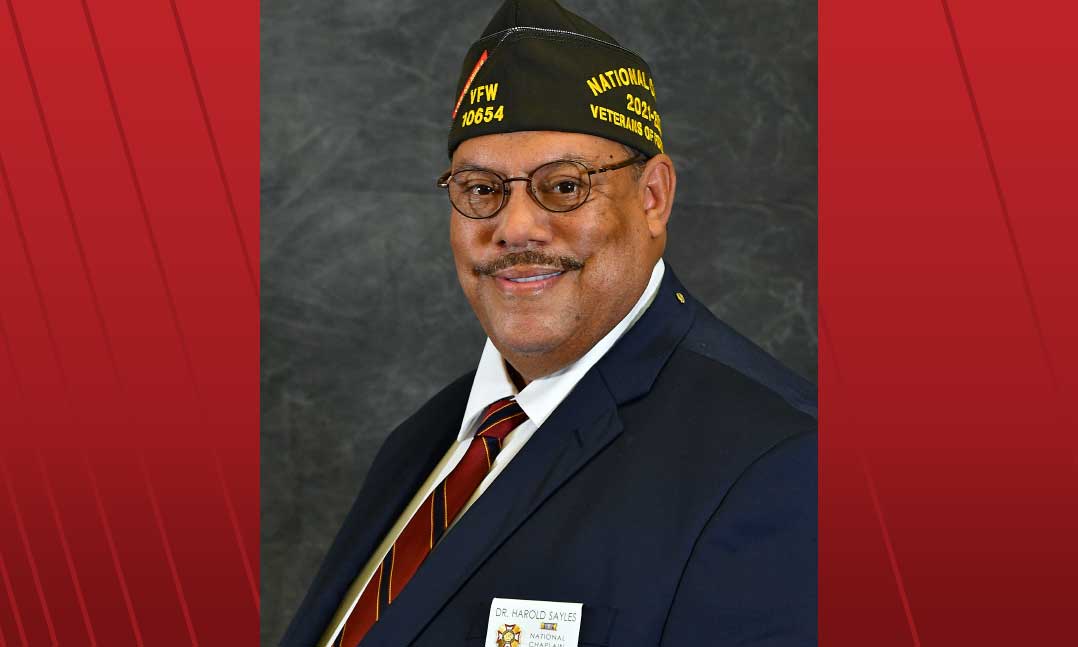Post-Traumatic Stress Disorder, or PTSD as it is commonly called, is a mental health problem you may develop after experiencing traumatic events. The condition was first recognized in war veterans. It has had different names in the past, such as “shell shock”, but it is not only diagnosed in solders. A wide range of traumatic experiences can trigger PTSD.
PTSD is one of those war wounds that you cannot see. We see veterans come home for war with a missing one or more limbs or perhaps they are in a wheelchair. However, PTSD is a wound that you cannot see, but you know that it is there.
 If you feel that you have some sort of mental health problem or those around you have noticed a change in your behavior prior to you going to war, then you need a medical diagnosis of PTSD. To diagnose post-traumatic stress disorder, your doctor will do the following:
If you feel that you have some sort of mental health problem or those around you have noticed a change in your behavior prior to you going to war, then you need a medical diagnosis of PTSD. To diagnose post-traumatic stress disorder, your doctor will do the following:
- Perform a physical exam to check for medical problems that may be causing your symptoms.
- Do a psychological evaluation that includes a discussion of your signs and symptoms and the event or events that led up to them.
- Use the criteria in the Diagnostic and Statistical Manual of Mental Disorders (DSM5). This manual is published by the American Psychiatric Association and is used for all mental disorders.
Diagnosis of PTSD requires exposure to an event that involved the actual or threat of death, violence, or serious injury. Your experience can happen in one or more of these ways.
- You directly experienced the traumatic event.
- You witnessed, in person, the traumatic event occurring to others.
- You learned someone close to you experienced or was threatened by the traumatic event.
- You are repeatedly exposed to graphic details of traumatic events (for example, if you are a first responder to the scene of traumatic events).
You may have PTSD if the problems you experience after this exposure continues for more than a month and cause significant problems in your ability to function in social and work settings and it negatively impacts relationships.
Treatment of post traumatic stress disorder can help you regain a sense of control over your life. The primary treatment is psychotherapy but can also include medication. Combining these treatments can help improve your symptoms by:
- Teaching you skills to address your symptoms.
- Helping you think better about yourself, others and the world.
- Learning ways to cope if any symptoms arise again.
- Threating other problems often related to traumatic experiences, such as depression, anxiety, or misuse of alcohol or drugs.
With PTSD, Do Not Go it Alone
Coping and support is especially important in treating PTSD. If stress and other problems caused by a traumatic event affect your life, see your doctor or mental health professional. You also can take these actions as you continue with treatment for post-traumatic stress disorder:
- Follow your treatment plan.
- Learn about PTSD.
- Take care of yourself.
- Do not self-medicate.
- Break the cycle.
- Stay connected.
- Consider a support group.
When someone you love has PTSD, that person may seem different from the person you knew before. PTSD can significantly strain the emotional and mental health of loved ones and friends.
Hearing about the trauma that led to your loved one’s PTSD may be painful for you and even cause you to relive difficult events. You may find yourself avoiding his or her attempts to talk about the trauma or feeling hopeless that your loved one will get better. At the same time, you may feel guilty that you cannot fix your loved one or hurry up the process of healing.
Remember that you cannot change someone. However, you can:
- Learn about PTSD.
- Recognize that avoidance and withdrawal are part of the disorder.
- Offer to attend medical appointments.
- Be willing to listen.
- Encourage participation.
- Make your own health a priority.
- Seek help if you need it.
- Stay safe.
For those experiencing PTSD symptoms, remember that it will not just go away. Seek professional assistance. Most importantly, if you want to hurt yourself, call the National Suicide Prevention Hotline at 1.800.273.8255.
It is important to take care of yourself and each other.